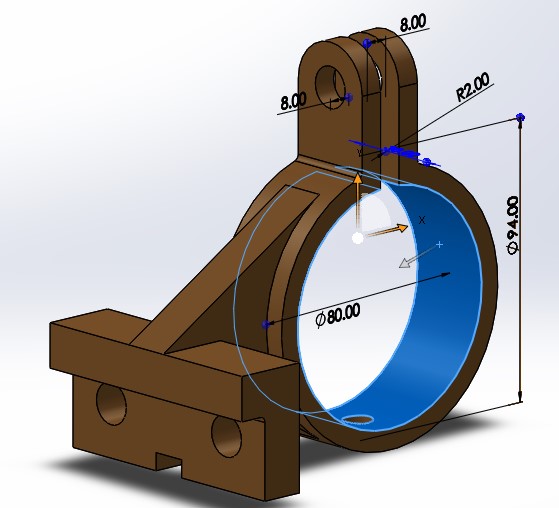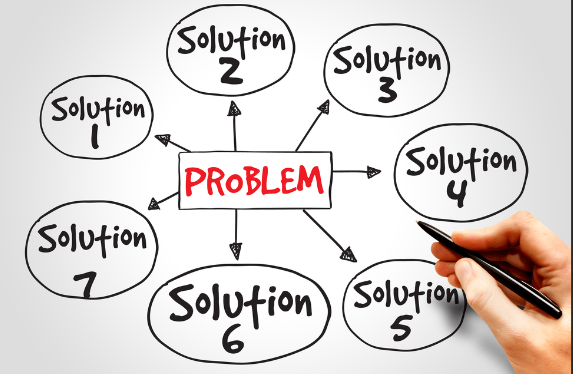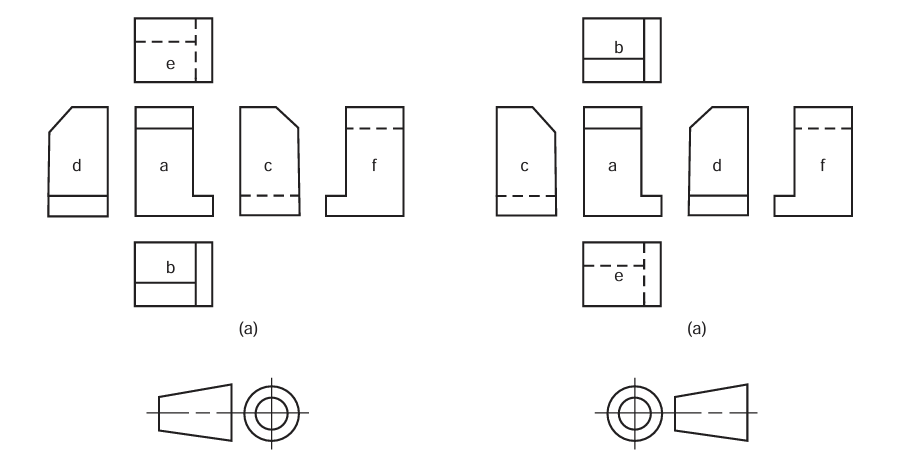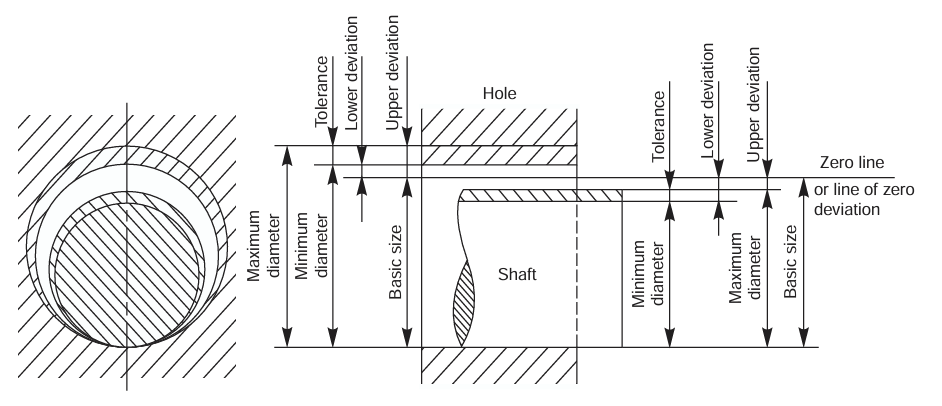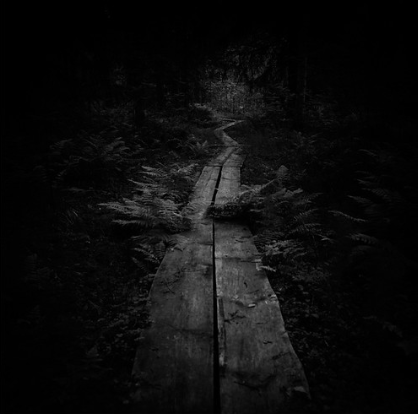Mixing primary colors together can create a wide range of secondary and intermediate colors. In traditional color theory, primary colors are red, blue, and yellow. When you mix these primary colors in different combinations, you can produce various other colors. Here’s a basic guide on how to mix primary colors to create secondary colors:
- Red + Blue = Purple: Mixing red and blue primary colors will produce various shades of purple, depending on the ratio of each color used. More red will result in a warmer, reddish purple, while more blue will create a cooler, bluish purple.
- Red + Yellow = Orange: Combining red and yellow primary colors will create different shades of orange. The amount of each color used will determine whether the resulting orange is more reddish or more yellowish.
- Blue + Yellow = Green: Mixing blue and yellow primary colors will yield a range of green shades. Adjust the proportions to achieve the specific shade of green you desire.
You can further expand your color palette by mixing secondary colors with primary colors or other secondary colors. Here are some examples:
- Purple + Red = Magenta: Mixing purple and red yields a vibrant magenta, which is a secondary color used in color printing.
- Purple + Blue = Indigo: Combining purple and blue can create various shades of indigo, a darker blue-purple color.
- Orange + Red = Vermilion: Mixing orange and red produces a bright reddish-orange known as vermilion.
- Orange + Yellow = Amber: Combining orange and yellow can create various shades of amber, a warm, golden-orange color.
- Green + Yellow = Chartreuse: Mixing green and yellow can yield chartreuse, a bright and vibrant yellow-green color.
It’s important to note that in the world of color mixing, the precise shades and hues you achieve can depend on factors such as the specific shades of the primary colors you start with, the proportions used, and the color properties of the pigments or paints you are working with. Experimentation is often the best way to understand how colors interact and to create the specific colors you need for your artistic or design projects.





